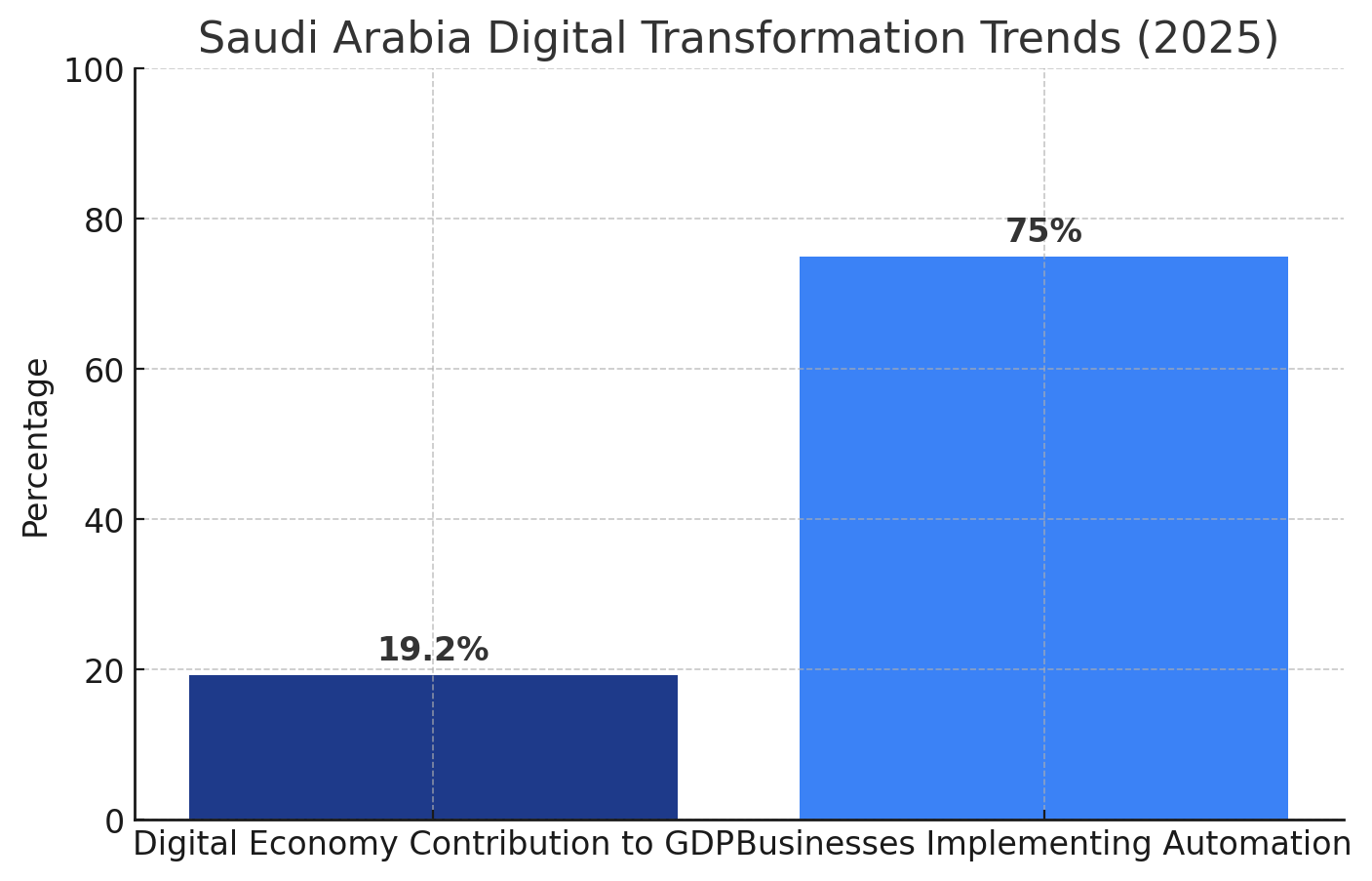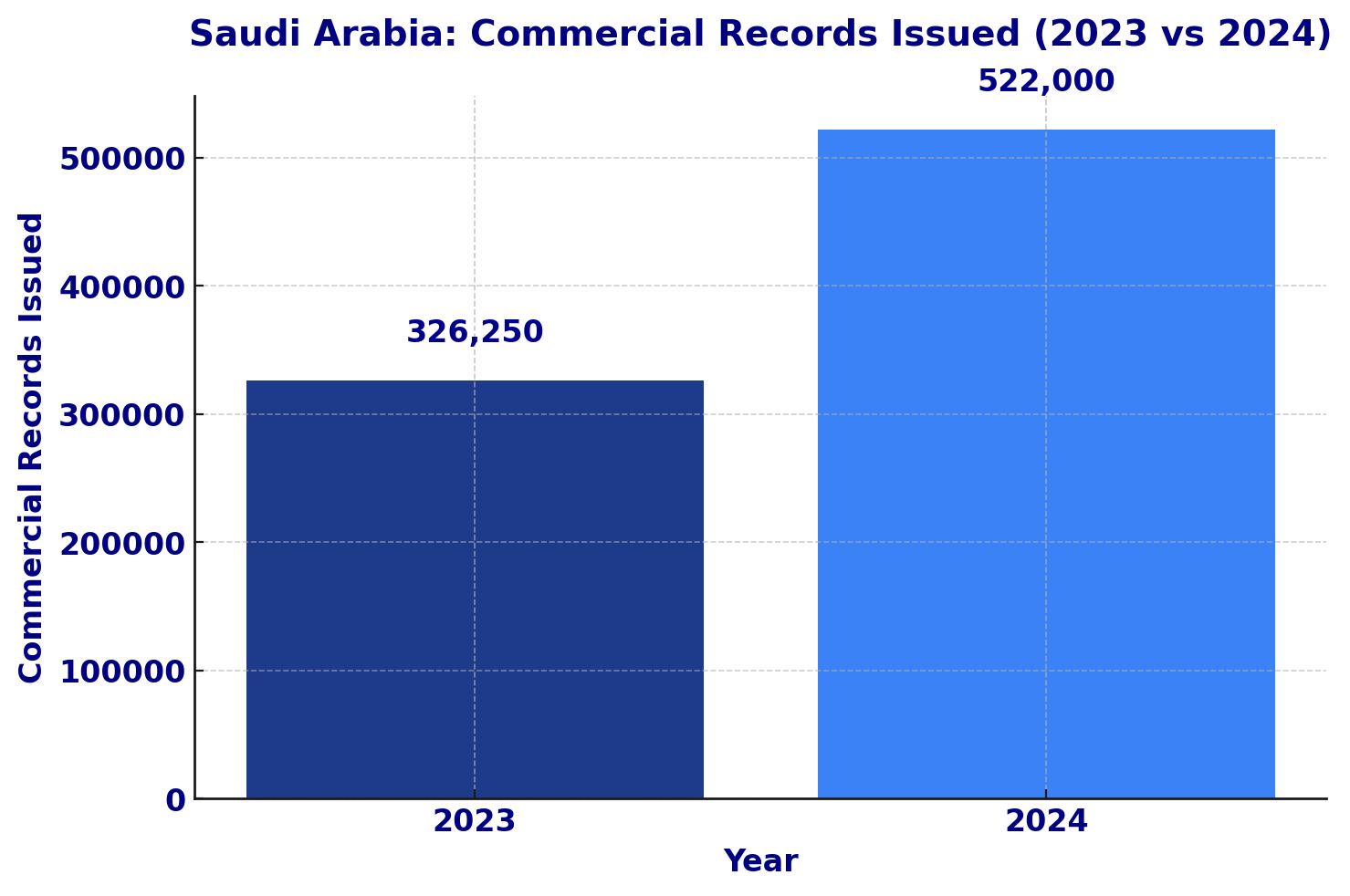In today’s rapidly evolving business landscape, organizations must continually adapt to maintain competitiveness and efficiency. One transformative approach to achieving significant improvements in performance and productivity is Business Process Re-engineering (BPR). This comprehensive guide delves into the implementation of BPR, providing a step-by-step methodology, insights into its benefits, and a focus on its relevance within the Saudi Arabian context.
Understanding Business Process Re-engineering
Business Process Re-engineering involves the fundamental rethinking and radical redesign of business processes to achieve dramatic improvements in critical performance measures such as cost, quality, service, and speed. Unlike incremental improvement methods, BPR seeks to overhaul existing processes, eliminating inefficiencies and redundancies to deliver more value to the customer.
Why is Business Process Re-engineering Essential in Saudi Arabia?
Saudi Arabia’s business landscape is undergoing a rapid transformation, with the government encouraging the adoption of digital solutions, automation, and AI-driven process optimization.
- Digital transformation is accelerating: The Saudi Arabian digital economy is expected to contribute 19.2% to the GDP by 2025, up from 12% in 2022 (Source: Saudi Digital Economy Report 2024).
- Government reforms demand efficiency: With initiatives like Nafis (which aims to increase local workforce participation) and Mawani (a logistics reform program), organizations must optimize processes to meet new regulatory requirements efficiently.
- Business automation is on the rise: 75% of businesses in Saudi Arabia have either implemented or are planning to implement business process reengineering software tools by the end of 2025 to streamline operations and improve service delivery.

With these statistics in mind, businesses must understand how to re-engineer a business process to stay competitive.
The Economic Impact of Business Process Re-engineering in Saudi Arabia
BPR has a profound economic impact on businesses, particularly in Saudi Arabia, where organizations are rapidly adopting automation, artificial intelligence (AI), and cloud computing to streamline operations. A recent study found that 72% of Saudi firms investing in BPR witnessed a 30-50% increase in operational efficiency within 12 months.
The financial and logistics sectors are leading the way in adopting business process reengineering software tools, with a projected market value of $2.5 billion by 2025 due to increased digitalization. The construction industry, known for its complex workflows, has also seen a 40% reduction in project delays through BPR-driven automation initiatives.
The Imperative for BPR in Saudi Arabia
Saudi Arabia is undergoing a significant economic transformation, aiming to diversify its economy and reduce reliance on oil revenues. Central to this vision is the enhancement of operational efficiencies across various sectors. In 2024, the Kingdom issued nearly 522,000 commercial records, marking a 60% increase from the previous year. This surge indicates a burgeoning business environment where BPR can play a pivotal role in streamlining operations and fostering innovation.

Step-by-Step Implementation of Business Process Re-engineering
Implementing BPR requires a structured approach to ensure successful transformation. Below are the essential steps involved:
- Define Objectives and Secure Commitment
Set Clear Goals: Identify specific objectives such as reducing operational costs, improving customer satisfaction, or accelerating time-to-market.
Obtain Executive Support: Ensure top management is committed to the BPR initiative, providing the necessary resources and authority for implementation.
- Assemble a Cross-Functional Team
Diverse Expertise: Form a team comprising members from various departments to provide comprehensive insights into existing processes.
Empower the Team: Grant the team the authority to make decisions and drive the re-engineering efforts.
- Analyze Existing Processes
Process Mapping: Document current workflows to understand the sequence of activities and identify bottlenecks.
Data Collection: Gather quantitative data on process performance to establish baselines for improvement.
- Identify Improvement Opportunities
Root Cause Analysis: Examine underlying causes of inefficiencies and redundancies within processes.
Benchmarking: Compare processes against industry best practices to pinpoint areas for enhancement.
- Design the Future State
Innovative Solutions: Develop process designs that incorporate automation, eliminate non-value-added activities, and align with organizational goals.
Stakeholder Engagement: Involve key stakeholders in the design phase to ensure the redesigned processes meet their needs and gain their support.
- Develop an Implementation Plan
Actionable Steps: Create a detailed plan outlining tasks, timelines, required resources, and responsible individuals.
Risk Management: Identify potential risks and develop mitigation strategies to address them proactively.
- Execute the Plan
Pilot Testing: Implement the redesigned process on a small scale to test its effectiveness and make necessary adjustments.
Full Deployment: Roll out the process organization-wide, ensuring all stakeholders are informed and prepared for the changes.
- Monitor and Optimize
Performance Metrics: Establish Key Performance Indicators (KPIs) to measure the success of the new processes.
Continuous Improvement: Regularly review process performance and make iterative improvements as needed.
Benefits of Business Process Re-engineering
Implementing BPR offers numerous advantages, including:
- Improved Efficiency and Productivity: Streamlining workflows reduces cycle times and enhances output quality.
- Cost Reduction: Eliminating redundancies and optimizing resource utilization led to significant cost savings.
- Enhanced Customer Satisfaction: Faster and more reliable processes improve service delivery and customer experiences.
- Increased Competitiveness: Agile and efficient operations position organizations favorably in the market.
The Role of Technology in BPR
Technology serves as a critical enabler in BPR initiatives:
- Automation Tools: Implementing business process reengineering software tools can automate repetitive tasks, reducing errors and freeing up human resources for more strategic activities.
- Data Analytics: Leveraging data analytics provides insights into process performance and identifies areas for improvement.
- Enterprise Resource Planning (ERP) Systems: Integrating ERP systems facilitates seamless information flow across departments, enhancing coordination and decision-making.
The global Enterprise Resource Planning (ERP) market is anticipated to grow from USD 50.98 Billion in 2023 to USD 99.35 Billion by 2030, at a CAGR of 10 % during the forecast period.


Advanced Strategies for Implementing Business Process Re-engineering
- Leveraging AI and Big Data for Process Analysis
Traditional process mapping techniques are being replaced by AI-powered analytics, enabling businesses to automate process analysis and identify inefficiencies faster. Machine learning algorithms can predict bottlenecks and suggest workflow optimizations, leading to a 20-35% increase in productivity for organizations using AI-based BPR tools.
Saudi companies in the retail sector, for example, reduced stock replenishment times by 45% using AI-driven inventory management as part of their re-engineering efforts.
- Implementing Robotic Process Automation (RPA) for Cost Reduction
Robotic Process Automation (RPA) is a game-changer in BPR reengineering, allowing businesses to automate repetitive tasks, minimize errors, and cut operational costs. RPA implementation in the Saudi banking sector has led to a 60% decrease in manual processing errors and a 35% improvement in transaction speed.
By automating customer onboarding and loan processing, financial institutions have enhanced customer satisfaction and increased revenue by streamlining service delivery.
- Integrating Cloud-Based Business Process Reengineering Software Tools
Cloud-based business process reengineering software tools enable companies to manage workflow changes, data analytics, and real-time collaboration. The adoption of cloud ERP systems in Saudi Arabia has grown by 75% in the last five years, allowing businesses to achieve faster deployment and scalability in their BPR initiatives.
Companies utilizing SAP S/4HANA and Microsoft Dynamics 365 have experienced a 25% improvement in cross-functional communication and a 40% acceleration in project delivery timelines.
- Predictive Modeling for Risk Management in BPR
One of the key challenges in business process and reengineering is managing risks associated with change. Predictive modeling techniques allow companies to simulate re-engineered workflows before implementation, minimizing the risk of failure.
Using digital twins, organizations in Saudi Arabia have successfully reduced operational disruptions by 50% when implementing new workflows. The healthcare sector, for instance, has used predictive analytics to cut patient waiting times by 35% after restructuring hospital management processes.
- Enhancing Customer Experience Through BPR
Customer satisfaction is a primary driver for BPR adoption, with businesses in Saudi Arabia focusing on digital-first service delivery models. Companies that re-engineer their customer service processes by integrating chatbots, self-service portals, and AI-powered CRM systems have reported a 25-40% increase in customer engagement levels.
In the telecommunications industry, the shift to automated service request management has reduced customer complaint resolution times by 55%, demonstrating the power of BPR-driven innovation.
Insights KSA: Facilitating BPR in Saudi Arabia
Insights KSA specializes in guiding organizations through successful Business Process Re-engineering initiatives. Our services include:
- Consultancy Services: Providing expert analysis and recommendations tailored to your organization’s unique challenges and objectives.
- Training and Development: Offering comprehensive training programs to equip your team with the skills necessary to sustain process improvements.
Partnering with Insights KSA ensures a structured and effective approach to re-engineering your business processes, driving efficiency and competitiveness in the Saudi market.
FAQs
- What is Business Process Re-engineering (BPR) and how does it differ from process improvement? BPR focuses on radical process transformation, while process improvement typically involves incremental changes. For instance, a logistics company in Saudi Arabia reduced warehouse handling times by 60% through a complete redesign of its fulfillment process rather than minor efficiency tweaks.
- How to re-engineer a business process effectively? To successfully re-engineer a business process, companies must:
- Analyze current inefficiencies using AI-powered tools
- Adopt automation to eliminate manual work
- Train employees to adapt to new workflows
- What role does technology play in BPR? Technology enables process automation, analytics, and real-time decision-making. In Saudi Arabia, government-backed digital transformation initiatives are encouraging companies to adopt ERP systems, AI, and cloud-based solutions for process reengineering.
- How long does it take to see results from BPR implementation? The timeline for seeing results varies depending on the industry. However, companies in Saudi Arabia’s financial sector that implemented business processes and reengineering software tools saw noticeable efficiency gains within six months (Source: PwC Middle East).
- What are the risks associated with BPR? Some of the main risks include employee resistance, poor execution, and lack of top management support. Companies that engage professional BPR consultants like Insights KSA mitigate these risks effectively.
- What is the market size for the Enterprise Resource Planning (ERP) market? The global Enterprise Resource Planning (ERP) market is anticipated to grow from USD 50.98 Billion in 2023 to USD 99.35 Billion by 2030, at a CAGR of 10 % during the forecast period.
- What are the key trends in the Enterprise Resource Planning (ERP) market? To improve functionality, ERP systems are combining with cutting-edge technologies like blockchain, AI, machine learning, and the Internet of Things. Predictive analytics, automation, real-time data insights, and enhanced decision-making are all supported by this integration. In ERP design, user experience has grown in importance. To increase user adoption and productivity, vendors are investing in developing mobile-friendly applications and user-friendly interfaces.
Sources:






